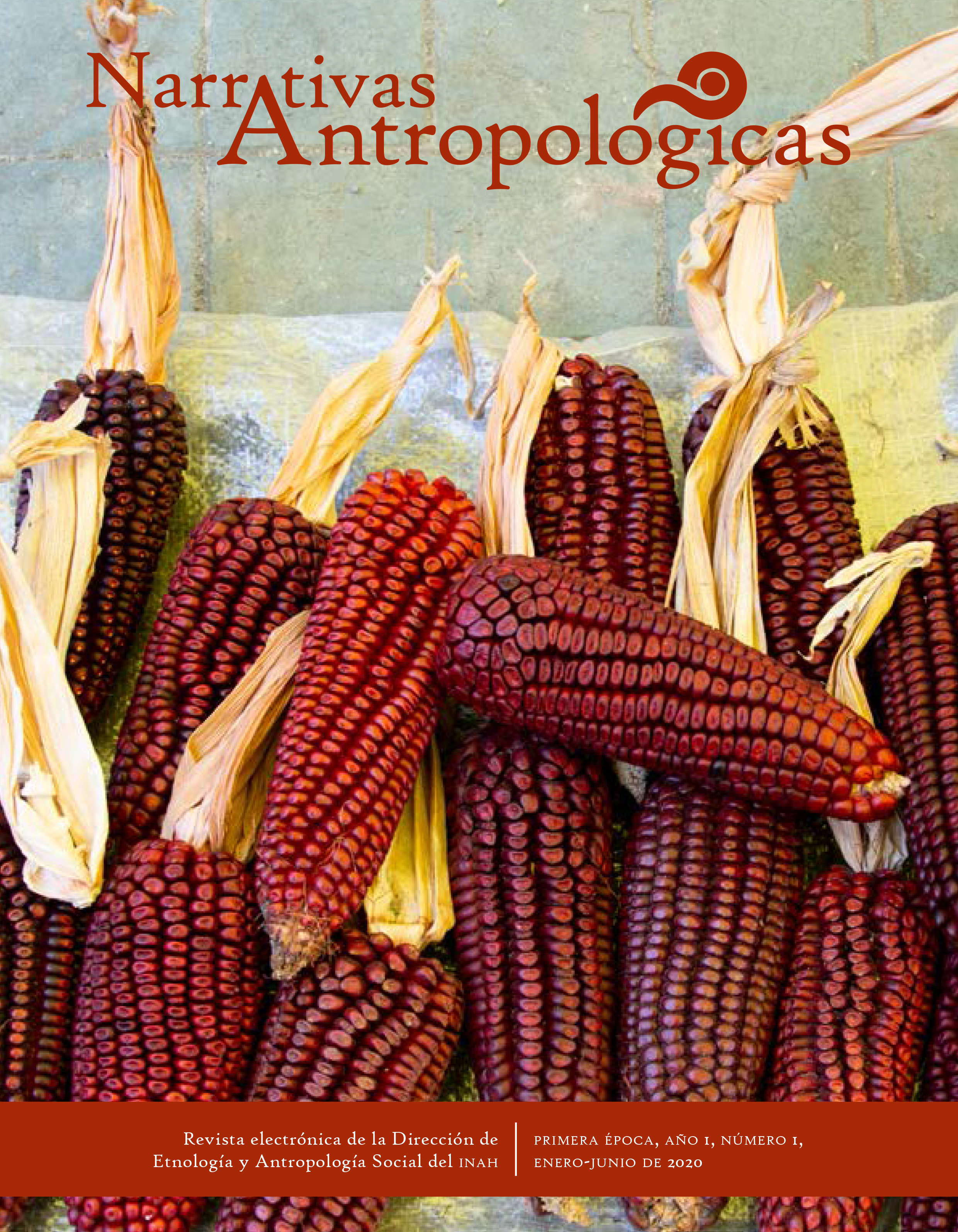Published 2020-03-02
How to Cite
Abstract
The first part of this work presents Robert Hertz’s theory on the dualism given to all aspects of community life, as well as Lawrence Krader’s theory on secular and popular myths, which proposes that myths are not only classic or religious, foundational or political, instead communities maintain and are committed to common people’s myths. These theoretical perspectives were the basis for the analysis of hot and cold foods in Coatetelco, Morelos. Categories of hot and cold given to food products are the result of a dual, polar thought, which we also regard as popular myths and, therefore, as cultural and symbolic conceptions. Research on the nutritional values of the foods most commonly consumed by families in Coatetelco showed foods regarded as hot had—nutritionally speaking—higher percentages of protein and carbohydrates than those considered cold.
Downloads
References
- Robert Hertz, Death and the Right Hand (Illinois City: The Free Press Glencoe, 1960), 89-163.
- Lawrence Krader, Mito e ideología, trad. de Mayán Cervantes (México: INAH, 2003).
- William Madsen, “Hot and cold in the universe of San Francisco Tecospa, Valley of Mexico”, The Journal of American Folklore 68, núm. 268 (abril-junio de 1955), 123-139.
- Laurencia Álvarez Heidenreich, La enfermedad y la cosmovisión en Hueyapan, Morelos, México (México: Instituto Nacional Indigenista, 1987).
- Alfredo López-Austin, Textos de medicina náhuatl (México: Instituto de Investigaciones Históricas-UNAM, 1975).
- David Lorente, “El ‘frío’ y el ‘calor’ en el sistema médico nahua de la sierra de Texcoco. Una aproximación”, Revista Española de Antropología Americana 42, núm. 1 (2012), 243-266.
- Mario Rojas Alba, “Clasificación tradicional de los alimentos frío-caliente en un pueblo de origen náhuatl”, Tlahui-Medic, núm. 2, 1996.
- Recetario nahua de Morelos (México: Conaculta / Dirección General de Culturas Populares-Instituto Nacional Indigenista, 1999), 60.

